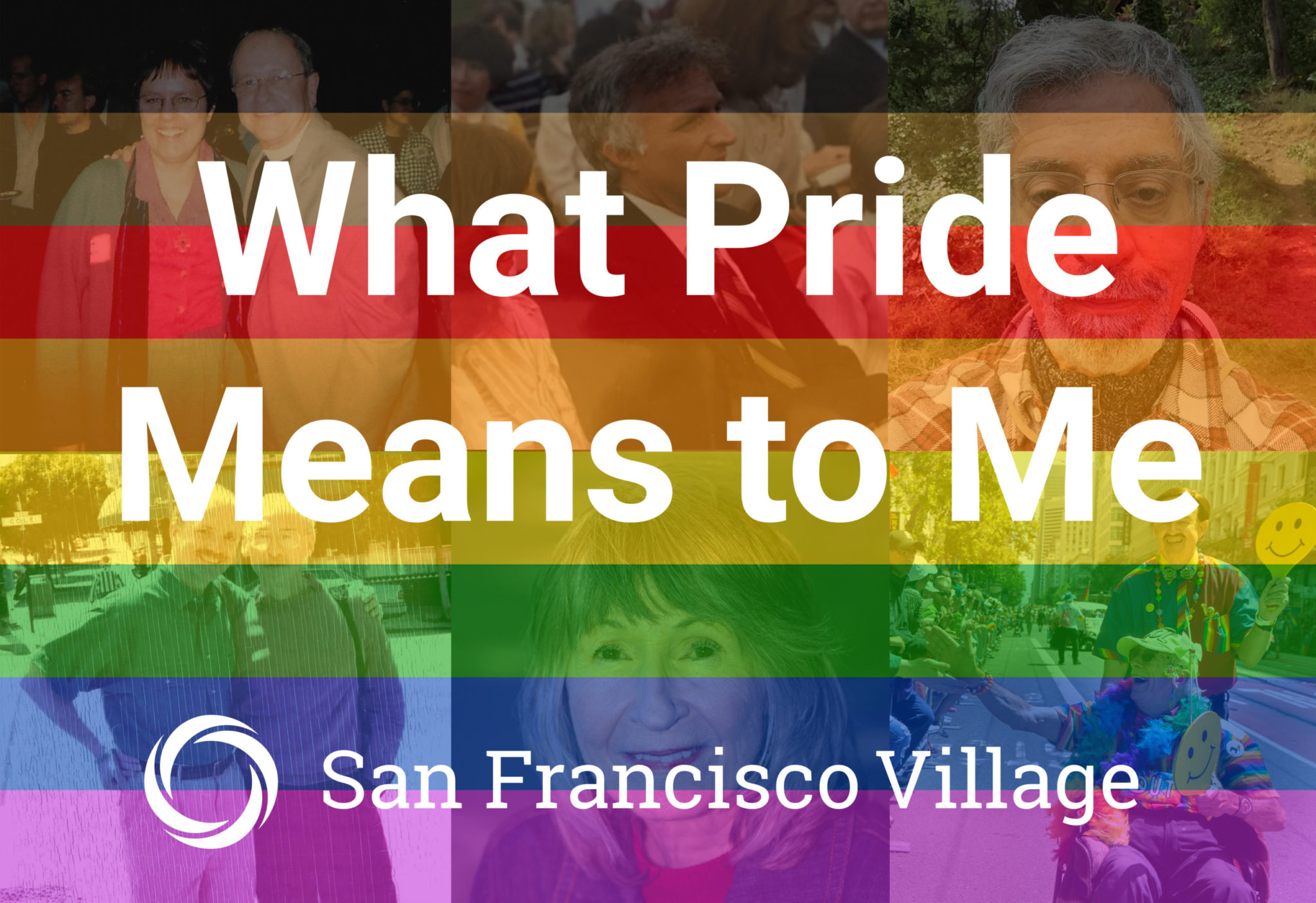
The LGBTQ Circle has been meeting on Zoom weekly since shelter-in-place started. Here are their reflections on what Pride means to them. Click the next arrow to see more.
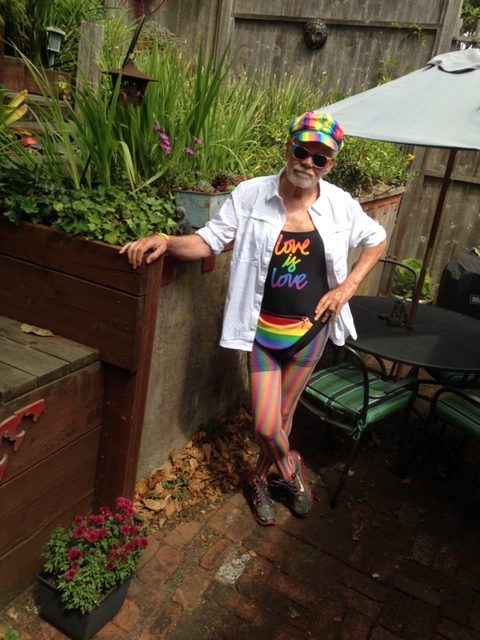
Growing up in the 40’s and 50’s in Cleveland, Ohio was not easy for those of us who were “different.” You could be the object of hatred, ridicule and bullying. But as the decades progressed, there was more political organizing and more people coming out. Public demonstrations gave us support and pride in our achievements and creativity. After decades of confrontation and struggle, we can now proudly live the words of Jerry Herman’s La Cage Aux Folles:
There’s one life
And there’s no return and no deposit
One life, so it’s time to open up your closet
Life’s not worth a damn till you can say
“Hey world, I am what I am!”
Respectfully submitted,
Loud and Proud Larry Zabo
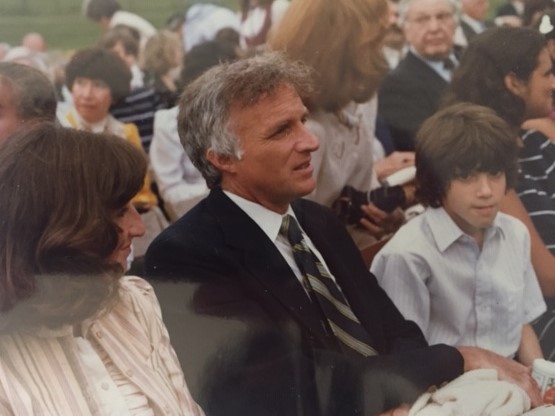
It was many years ago. I was sitting on a plane from Santa Barbara to San Francisco. I had never been to San Francisco and I was full of anxiety. Who was going to talk to me? Who was going to notice me? When I arrived in the city, I took the cab to 6969 Sutter St., got out and deposited my bag. A very handsome man approached me and asked me what I was doing that afternoon. I followed him out the door and we went over to the Castro and the Pride Parade. The first thing I saw was two men walking down Castro street holding hands, with nothing on but boots. I thought I had landed in gay heaven.
Ralph Beren
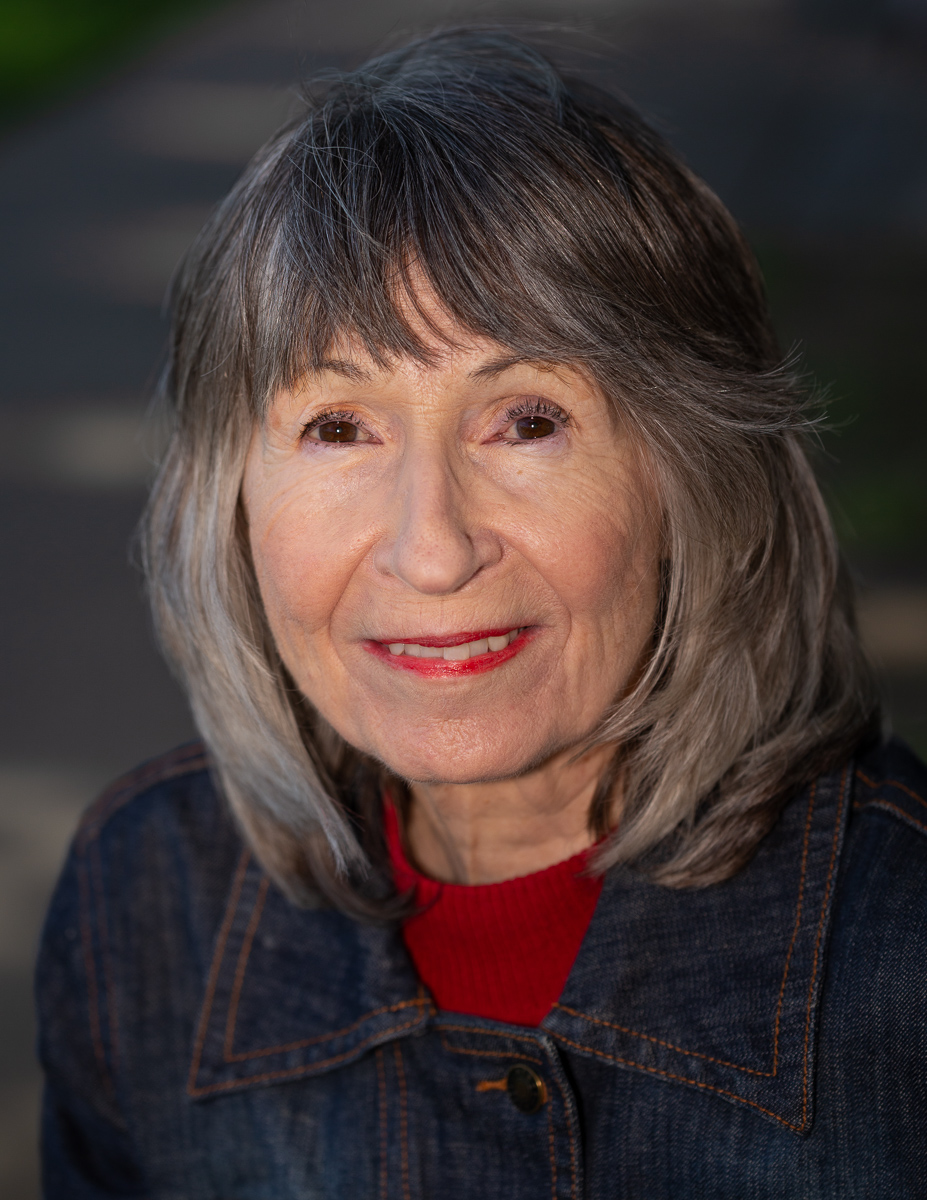
Pride circa 2001
I was marching with the Bisexual Contingent and my special job was to be a spotter for my dear friend, CJ, who was intending to march the whole way on stilts! She was quite a sight – eight feet tall, bare to the waist, with purple and gold body paint on her torso, wearing nothing else but pasties to cover her nipples. I was modestly attired in a black T-shirt, jeans, and my spit-shined marching boots.
I took my job quite seriously, scouring the street for tracks, trash, or other hazards. Did you know that a person on stilts can never stop moving or they will fall over? Luckily, the way had been cleared, and we marched triumphantly up Market Street to Civic Center, buoyed up by the cheers of the crowd!
That crucial shift from waiting patiently for hours to becoming part of the Parade was like going from black and white to technicolor! As we turned onto Market Street, we looked ahead for MILES at the crowd, cheering insanely. We were finally part of the Parade and the energy of the crowd lifted us – our hearts, souls, bodies, and spirits. The sensation was nearly orgasmic, in a full-bodied way. I exchanged looks with CJ and could tell she was “there,” too. A day I will remember forever!
Linda Poelzl
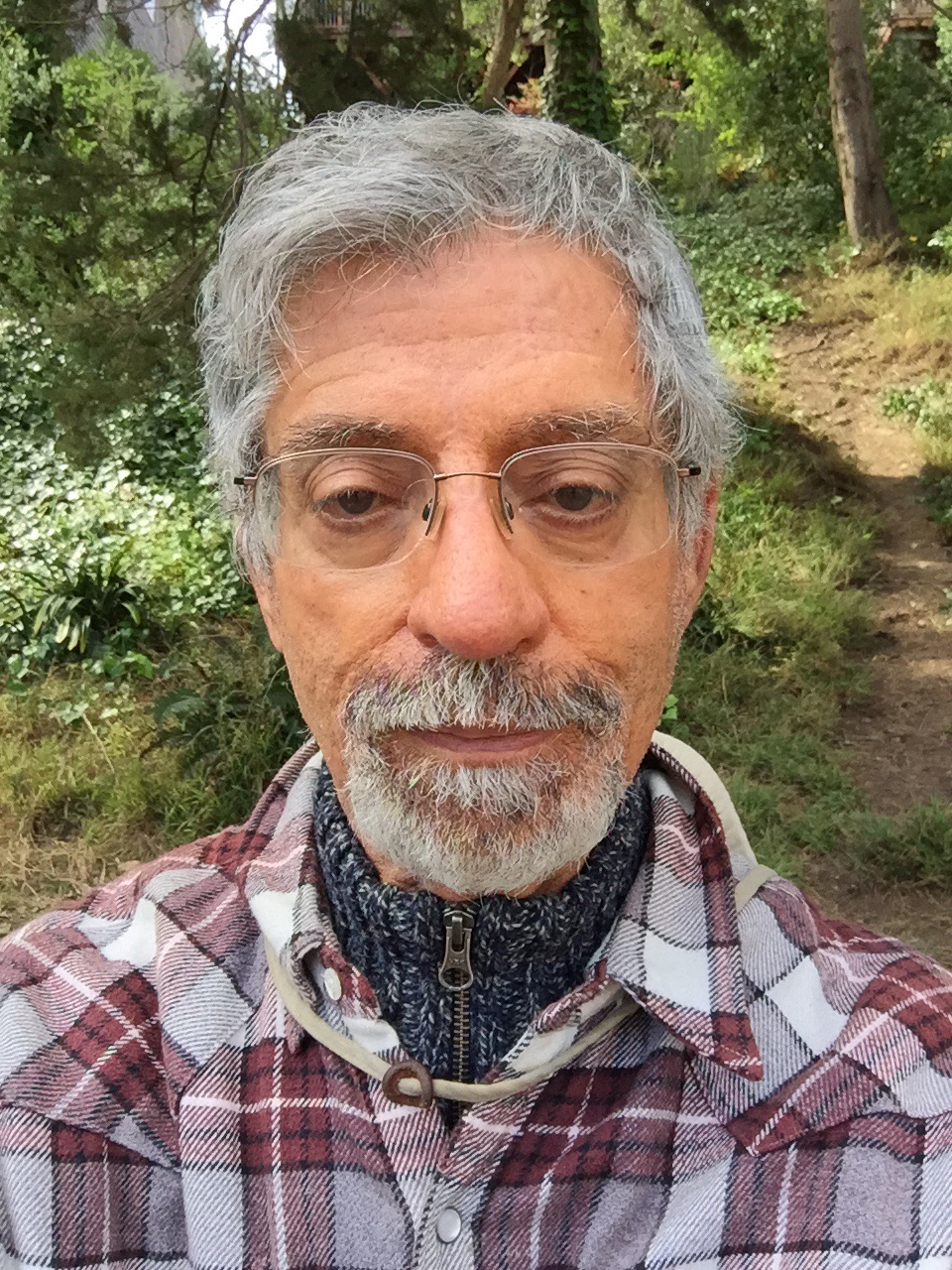
My best Gay Pride Parade? NYC 1971. Bette Midler, a straight ally, singing to a hundred of us LGBT folks and friends on Washington Square. I was 27. Two years after the Stonewall riots. No fear of police breaking up the party. Freedom of Speech and Assembly, finally. Long live the Constitution! Just a BIG feast. You could get stoned by osmosis. Marijuana reigned supreme. So did Disco, free love and gay liberation. It was before AIDS.
George Woyames
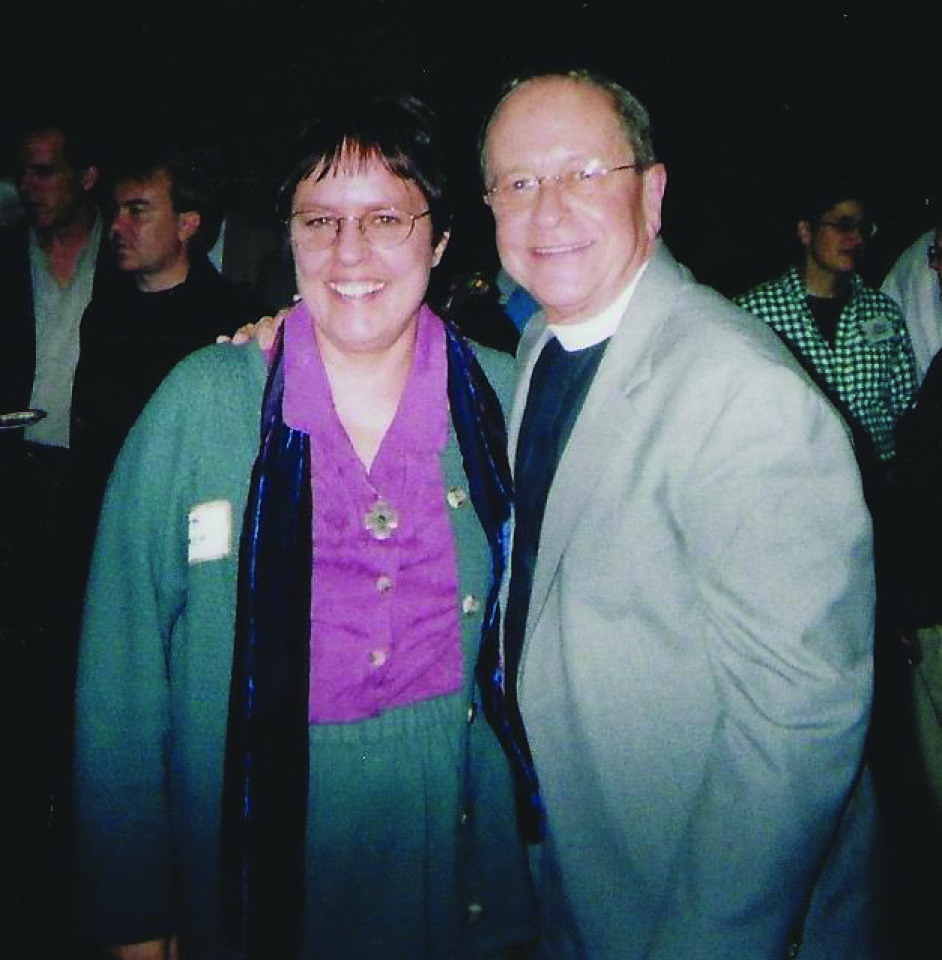
The celebration of a first!
I came-out as a bisexual in medical school in 1974 and like many LGBTQ people, I felt a strong call to move to San Francisco. Having been active in the feminist movement, I aspired to train in a city where women in medicine were no longer a tiny minority, and where I could participate actively in the city’s pioneering movement for gay rights. I was also drawn to the West Coast where the healing arts, like meditation and Chinese Medicine, were being pursued as complements to scientific Western medicine.
My residency at SFGH brought me into deep contact with the profound needs of poor and minority communities. As a way to cope with the demands of a 120-hour work week, I began to study meditation, psychic healing, and acupressure massage. Gradually my spiritual practice led me to seek out the Episcopal religion of my childhood and I joined the LGBTQ welcoming and justice-seeking congregation of St. John the Evangelist in the Mission. Eventually, I was called to serve as a Lay Leader in the Parsonage on Castro Street, the first mainstream Christian church-sponsored ministry with the LGBTQ community.
With the onset of the AIDS epidemic, I was asked by the Bishop of California to attend the General Convention of the Episcopal Church to help educate the national Church leadership about the health crisis. What followed was a 20-year ministry of witness and advocacy for full inclusion of LGBTQ people in all orders of ministry.
Bonita Palmer, MD and V. Gene Robinson, the first openly gay Episcopal Bishop.
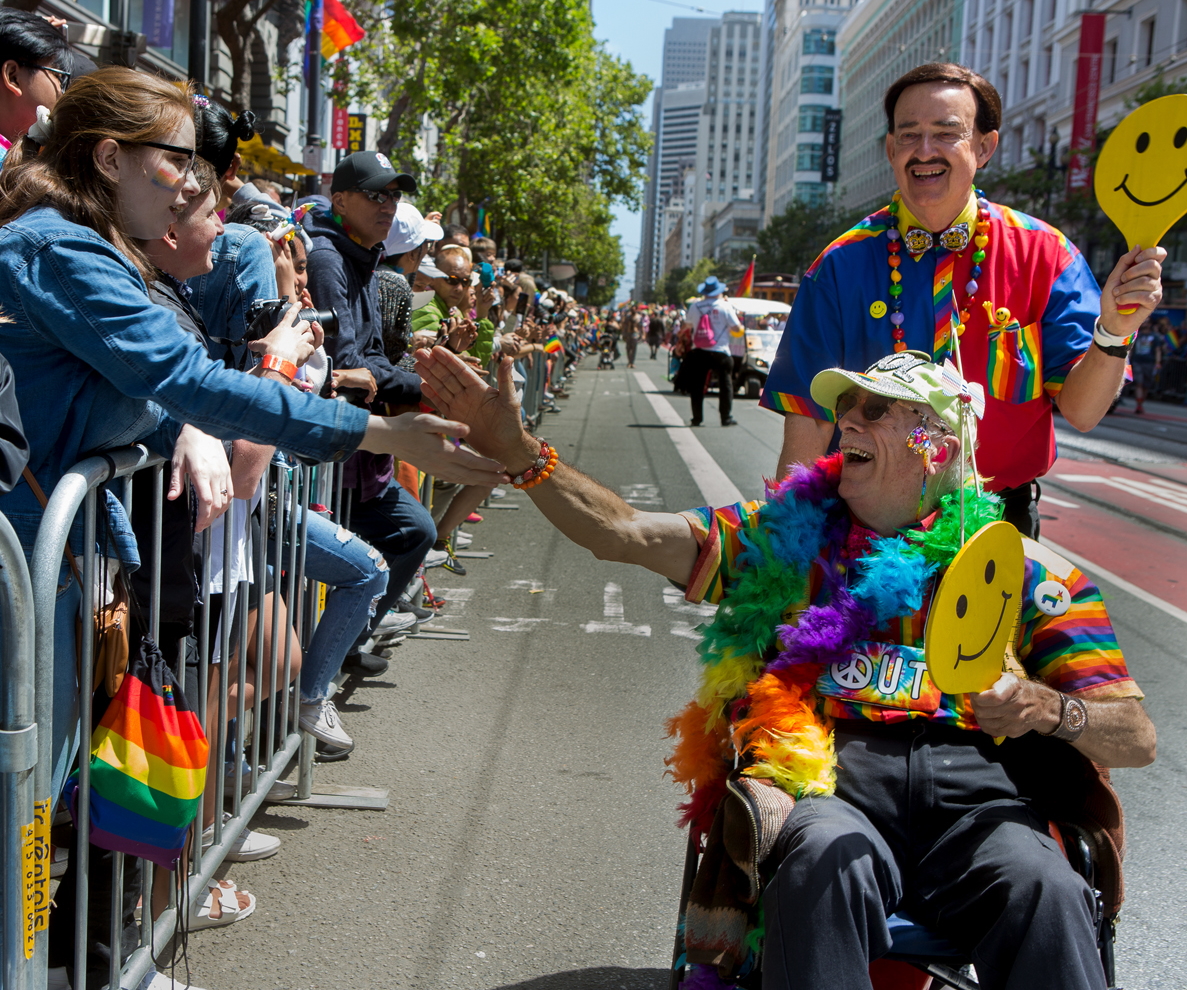
We make sure that we are always in San Francisco for Pride Month – it’s a highlight of our year! As Steve is in a wheelchair, we staffed the PFLAG booth for 25 years so that others could march in the parade, but decided it was time for us to finally do the complete march ourselves. It turned out to be one of the most exhilarating, exciting, and wonderful experiences we’ve ever had! The interaction with the crowd (waving, cheering, blowing kisses, etc.) was joyful beyond description and so positive for us! Marching made us really feel the pride in “Gay Pride!”
Ken Prag and Steve Collins, marching in the 2019 San Francisco Gay Parade.
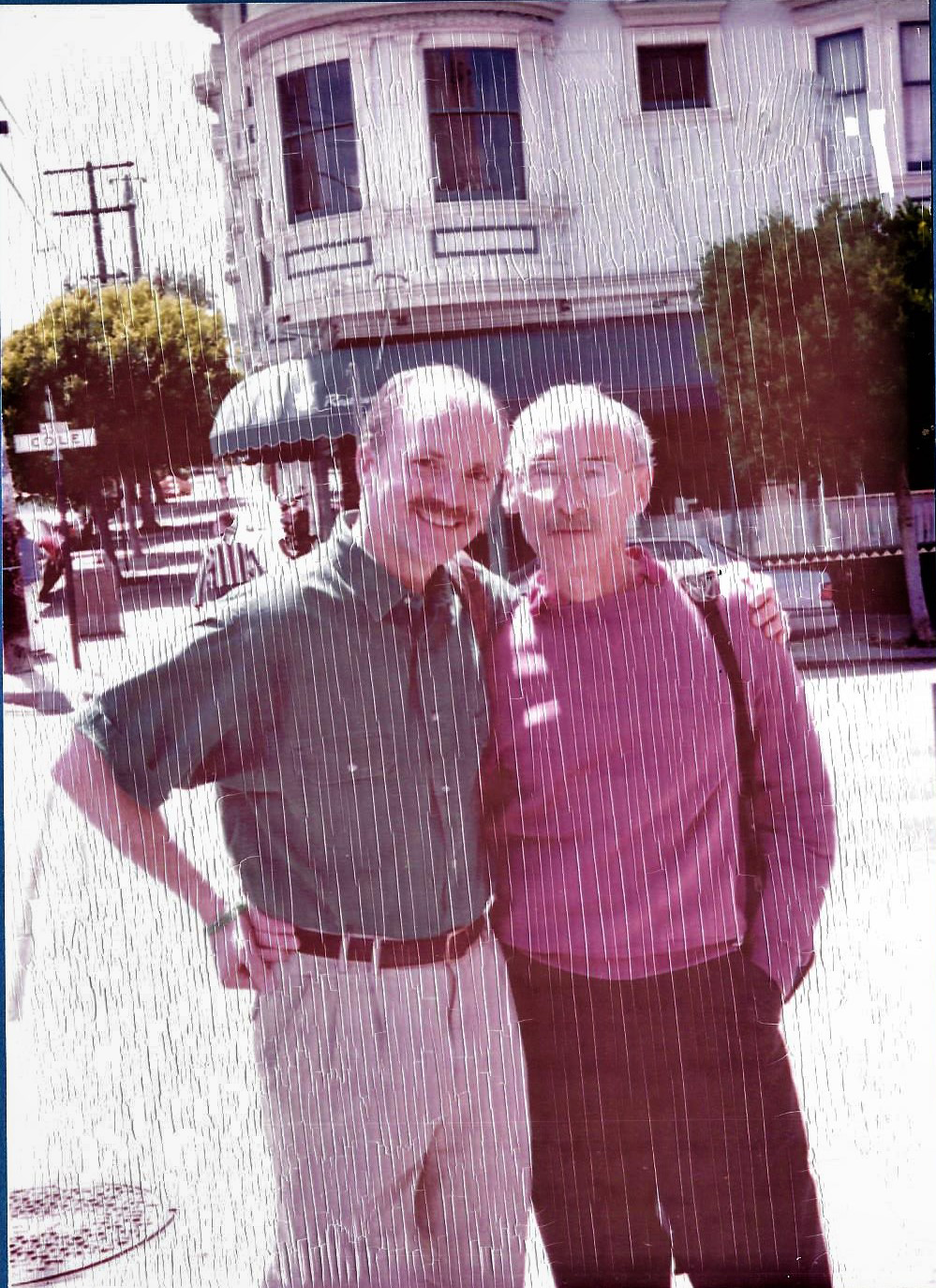
I grew up in the 1950s, when homosexuality was considered a moral evil, a mortal sin, a psychological illness, and illegal. Gay people lived closeted lives so they could have jobs, be accepted by family and friends, participate in religions, avoid harassment, and live within a homophobic society. Many of us internalized that homophobia – with our own self-hate.
When the gay pride movement began 50 years ago, it promoted a daring idea – that gay people are mentally well, healthy, worthy, loved, valued, and important. To be gay was something to be proud of! This was a shocking and radical approach. To participate required bravery to come out of the closet. Gay pride helped to heal the painful wounds of many lesbian, gay, bisexual, and transgender people.
Being gay now is an integral part of my life. My gayness is a joy to experience. At the same time, it is no big deal. LGBTQ people like me are a vital part of the fabric of life in many parts of the USA. We celebrate who we are – each year in June – during Gay Pride!
My partner, Bob, and I have been together since 1991. We became domestic partners in 2003, and we were married in 2019. We share an abiding love, a spiritual path, artistic activities, an array of friends, and involvement in social groups that strengthen our community. We starting attending Pride marches back in the 1970s. The celebrations were wild, wonderful fun, with much diversity and joy – it was almost hard to comprehend. Now gay pride is a deeply rooted part of our lives!
Bill Haskell, a grateful member of San Francisco Village and proud to serve on its board of directors.

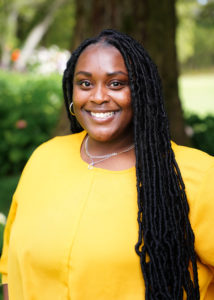
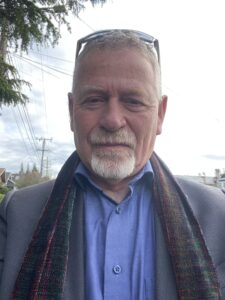
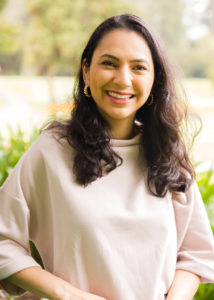
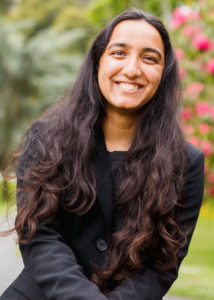
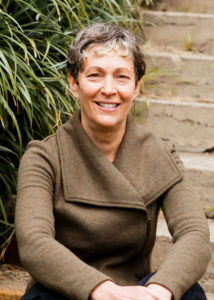
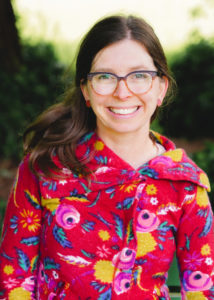
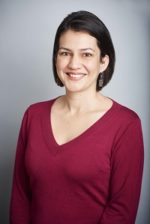 Sara joined the team in 2018. She brings with her 20 years of experience in community development, philanthropy, and organizational management. She completed her bachelors at George Washington University and her masters at UC Berkeley. Her career focus has been on evaluating how community groups run from year-to-year and strengthening daily processes to increase institutional success. Sara loves travel and global development issues, particularly a non-profit she founded 10 years ago focusing on students’ access to school in Cambodia. Sara is raising her family here in San Francisco.
Sara joined the team in 2018. She brings with her 20 years of experience in community development, philanthropy, and organizational management. She completed her bachelors at George Washington University and her masters at UC Berkeley. Her career focus has been on evaluating how community groups run from year-to-year and strengthening daily processes to increase institutional success. Sara loves travel and global development issues, particularly a non-profit she founded 10 years ago focusing on students’ access to school in Cambodia. Sara is raising her family here in San Francisco.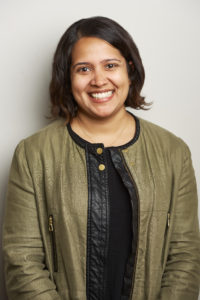 Maya is a public relations and communications professional with more than a decade of experience; her expertise includes consumer products and technology PR, as well as event management and content development. She has been a pro-bono consultant with the Taproot Foundation since 2012, and has participated in three service grants to date. Maya attended the University of California at Los Angeles (UCLA) and graduated with a BA in mass communications and a minor in political science.
Maya is a public relations and communications professional with more than a decade of experience; her expertise includes consumer products and technology PR, as well as event management and content development. She has been a pro-bono consultant with the Taproot Foundation since 2012, and has participated in three service grants to date. Maya attended the University of California at Los Angeles (UCLA) and graduated with a BA in mass communications and a minor in political science.